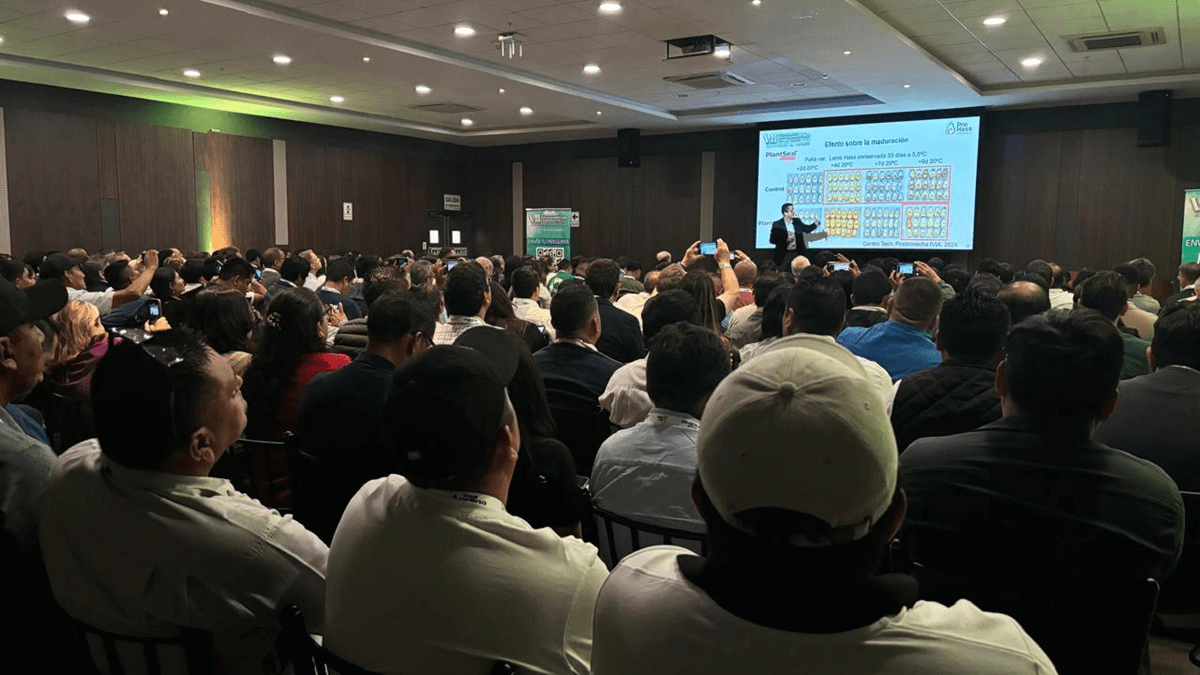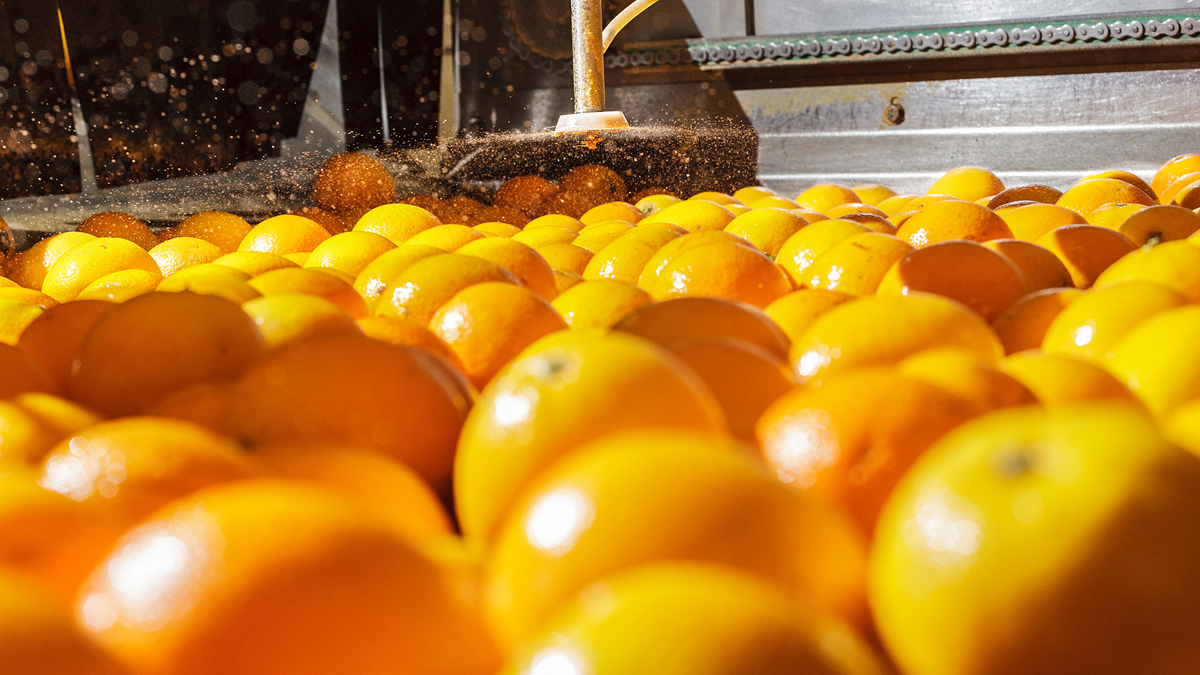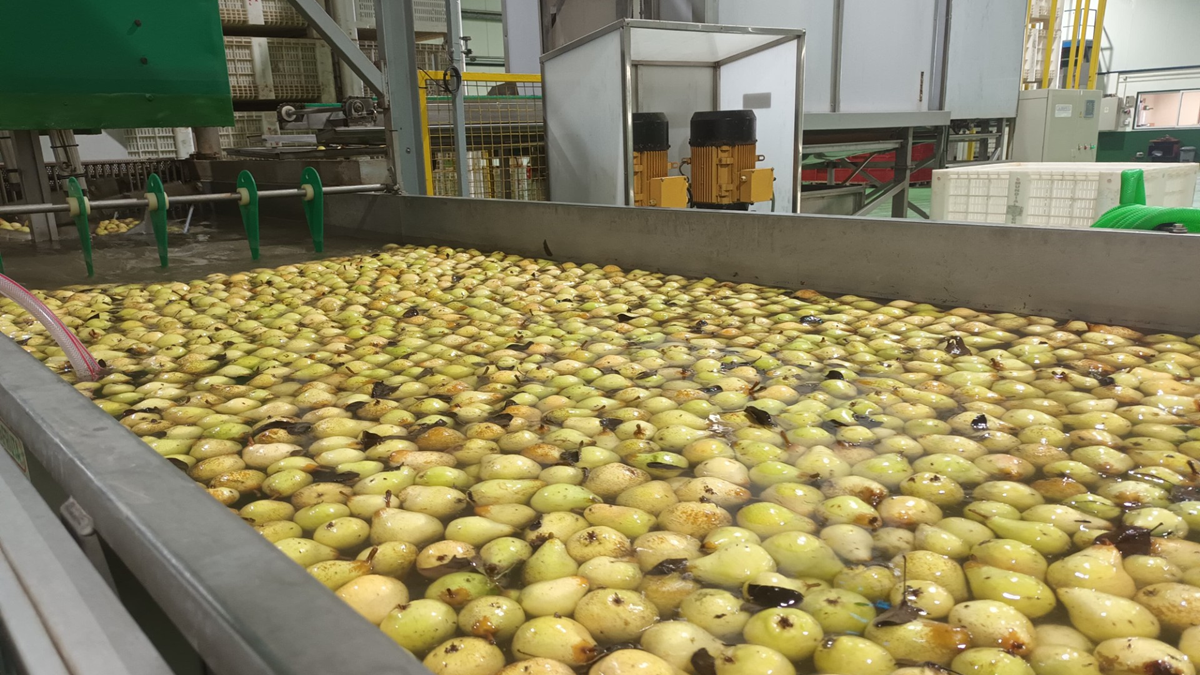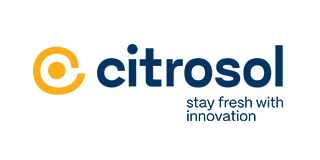

Citrosol
Phytosanitaries
Estrategies for an Effective Cleaning and Disinfection Plan in Citrus Packinghouses
Dr. Celia Murciano from Citrosol's Technical Department discussed in the September issue of CITROPOST the benefits, protocols, and best practices to ensure hygiene in citrus packinghouses
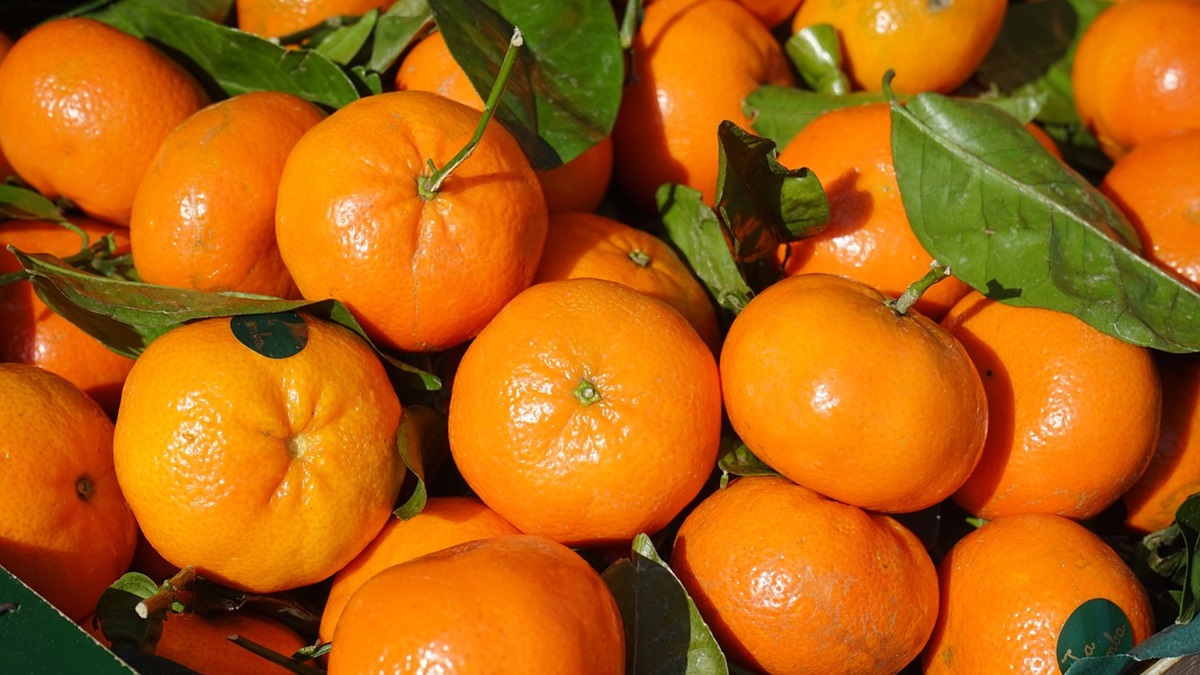
Designing, implementing, and maintaining a robust Cleaning and Disinfection (C+D) plan throughout the season is crucial. Proper hygiene in the packinghouse offers numerous benefits, such as:
- Reducing fungal inoculum throughout all areas of the packinghouse, as there is a direct relationship between the number of spores and the percentage of infections.
- Lowering the risk of fungicide resistance by minimizing spore reservoirs, which can compromise fungicide effectiveness and increase decay rates.
- Improving working conditions by reducing microbiological risks to staff in a clean environment.
These protocols must be applied continuously throughout the season. Although the start of the campaign is the ideal time for deep cleaning and disinfection, protocols must remain dynamic and adapt to different stages of the season. Citrosol has established critical limits based on hygiene indicators such as microbiological contamination and fungicide resistance, which guide the response plan.
To ensure proper implementation and achieve the best results, every C+D protocol should include the following steps:
-
Preparation of the environment, facilities, and equipment: Ensure that no fruit is in the equipment, chambers, or areas to be cleaned and that there is no foot traffic in these zones. C+D should be carried out with potable water, and all cleaning equipment should be in good condition.
-
Initial cleaning: Remove coarse matter, then clean the areas by applying the appropriate detergents. CITROSOL recommends using degreasing detergents such as BELTCLEAN-S and BELTCLEAN-F for the dumper and packing line, FNG CLEANER for removing fungicide residues from the drencher, line, and bins, BRILI for crate cleaning, and disinfectant detergents like BETELENE OX25 FOAM for thorough line disinfection and DECTOCIDE CDB for daily use on floor cleaning machines.
-
Rinsing: Use clean water to rinse away detergent and dirt residues.
-
Disinfection: For disinfection, CITROSOL offers a range of broad-spectrum biocides, including OXA-BIOCID ECO (glutaraldehyde-based), QUACIDE PQ60 EC (tertiary amines and polymeric biguanides), and MIDA SAN 334 MF (hydroalcoholic disinfectant) for fogging and spraying. For disinfecting the drencher and crates, Citrosol recommends GREENCARE-PH, a hydrogen peroxide-based disinfectant. FUMISPORE, a glycolic acid-based fumigant, is suggested for fungicidal and bactericidal action in all packinghouse areas when no fruit is present.
-
Final rinsing: On surfaces in contact with fruit, it is essential to remove disinfectant by applying plenty of water to prevent biocide residues from transferring to the food.
Lastly, it's important to emphasize that products must be applied by properly trained personnel. Always carefully read the product's technical and safety data sheets, and use the appropriate personal protective equipment (PPE) for each case.


